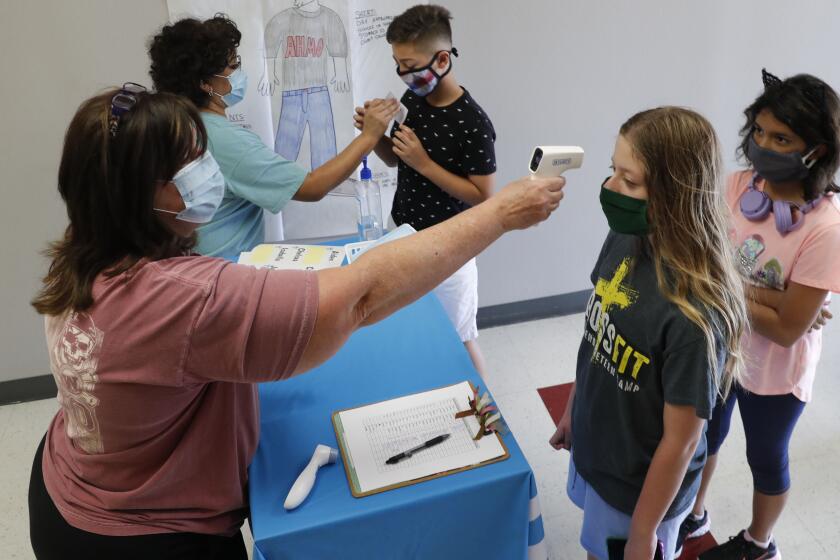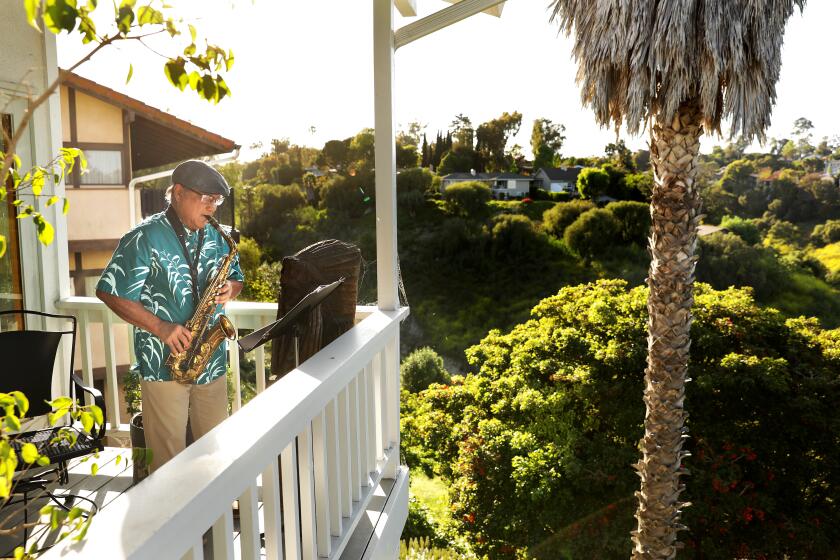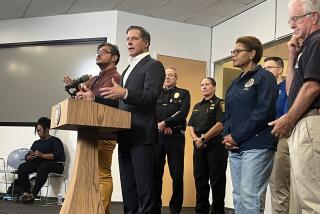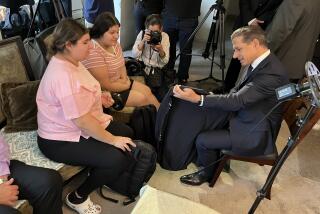What will it take for schools to reopen safely in the midst of a pandemic?
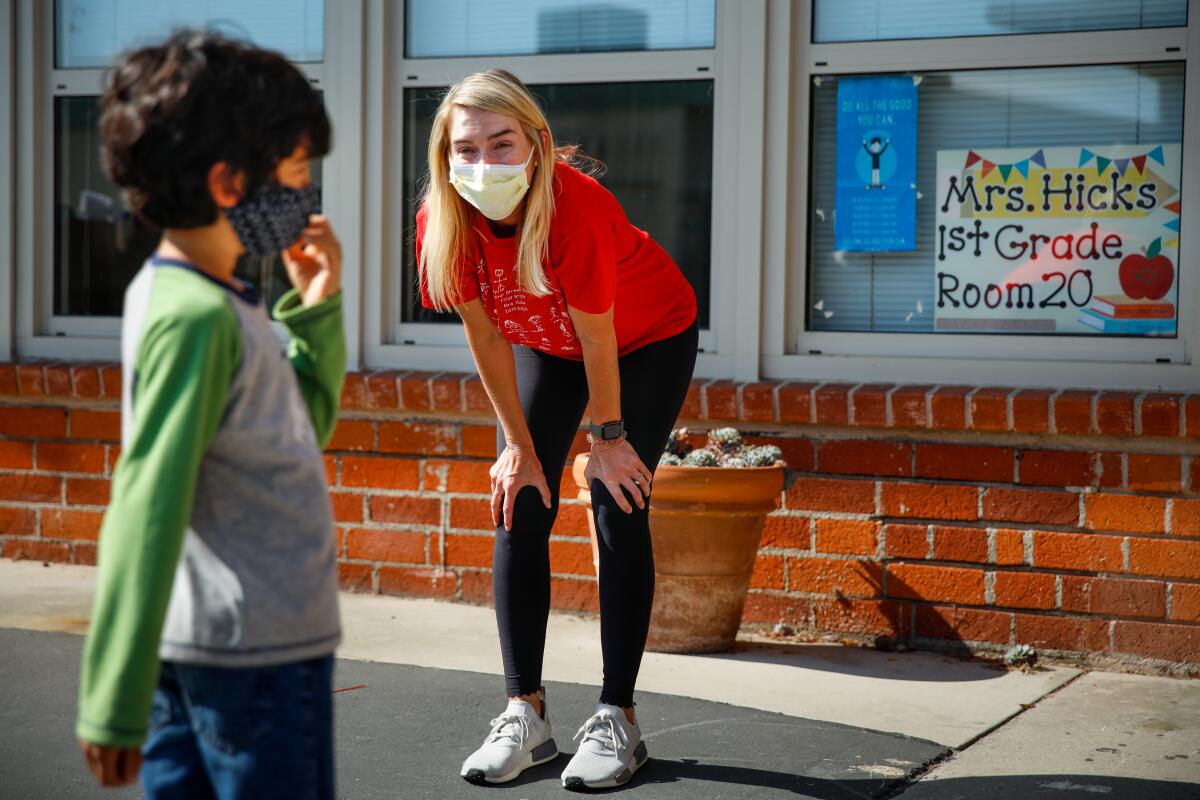
Across America, the back-to-school season is nearly upon us. Yet for millions of children, that won’t necessarily mean returning to their classrooms.
School administrators, public health officials and epidemiologists are still working to understand what it will take to make school campuses safe in the midst of the COVID-19 pandemic.
“The health and safety of all in the school community is not something we can compromise on,” said L.A. schools Supt. Austin Beutner, head of the second-largest district in the country. “Our goal is to have students back in schools as soon as it is safe and appropriate to do so.”
But what exactly does “safe and appropriate” mean?
The answer depends on the priorities, resources and risk tolerance in a particular community.
“Quite frankly, the context of COVID-19 transmission and spread is so different across communities that a one-size-fits-all solution is not appropriate,” said Kenne Dibner, an education researcher at the National Academies of Sciences, Engineering, and Medicine who served as the staff director for a report on reopening schools that has been downloaded more than 300,000 times.
Dibner and other experts spoke to The Times about how to think through the complex, controversial and multi-pronged problem of reopening.
What the COVID-19 data can — and can’t — tell us
COVID-19 statistics are everywhere. All you need is a smartphone to see the number of people who have tested positive for the coronavirus, how fast it is spreading, how many ventilators are available in hospitals near you, and whether the number of deaths reported each day is rising or falling.
Despite the abundance of data, there is no magic number that automatically means it’s safe for schools to reopen.
“We cannot offer zero risk,” said Dr. Neha Nanda, the medical director of infection prevention at Keck Medicine of USC. “The best we can do is combine a concoction of imperfect measures to come up with an optimal strategy.”
For example, decision makers at L.A. Unified School District will pay special attention to the number of new cases per day and the proportion of coronavirus tests that come back positive as the two leading indicators of “when we can consider bringing students back,” Beutner said.
California guidelines require that a county’s test positivity rate be no higher than 8% for two consecutive weeks in order for schools there to even consider reopening. As of Wednesday, the seven-day average positivity rate in L.A. County was 8.3%.
Beutner noted that the World Health Organization recommends keeping schools closed until the positive rate drops to 5%.
“Having two weeks of less than 5% positivity seems a little difficult to achieve any time soon, unless we learn something more about the virus between then and now,” Nanda said.
Here’s what scientists know about kids’ potential to spread the coronavirus and the risks of sending them back to school amid the COVID-19 pandemic.
To help educators think through the health risks, Lauren Ancel Meyers, a professor of integrative biology at the University of Texas at Austin, created a tool that estimates how many kids and teachers would be likely to bring the coronavirus with them to campus if schools in their county were to reopen. Those estimates are based on the prevalence of the virus in the area and the size of the school, among other factors.
The tool is imperfect, since there’s still so much uncertainty about how likely it is that a single student or teacher with the virus would infect others in the school. Researchers suspect that age makes a difference, though they’re not sure how much. Preventive measures in place at a school, such as the ability to social distance and adequate ventilation, matter too.
“I am by no means for keeping schools closed,” Ancel Meyers said. “The point of doing these calculations is to provide information that can help deciders make the best decisions”
Keeping schools closed poses health risks too
Most of the debate is focused on the health risks of opening schools, but children’s health can suffer when schools are closed as well. That’s something decision-makers should keep in mind, according to a recent editorial published in the Journal of the American Medical Assn.
Weighing these competing health risks is a challenge, however. Compared with other types of data, the health risks associated with keeping schools closed are typically more diffuse, accrue over longer periods of time, and are more difficult to measure.
But that doesn’t mean they don’t exist.
“Einstein said ‘Not everything that counts can be counted,’” said Julie Donohue, a professor of health policy and management at the University of Pittsburgh and co-author of the JAMA editorial. “We are massively experiencing that quote right now.”
The more we stay home, the less the coronavirus spread, according to a new study of 211 U.S. counties that are home to more than half all Americans.
Schools provide an array of benefits to children and families in addition to education — meals, physical and mental health services, support for students with learning difficulties and other special needs, and essential childcare that allows parents to work. Take these away and student health could suffer, Donohue said.
“We need to ask ourselves, are we trying to maximize health outcomes, or are we trying to maximize COVID health outcomes,” she said.
Ensuring everyone is at the decision making table
COVID-19 has not affected everyone equally, and school closures won’t either.
Students from families with more advantages — including parents who can work from home and access to high-speed internet connections — will likely fare better with remote learning. Meanwhile, students who rely on school for meals and health services will be giving up more when school buildings are closed.
In addition, younger students, particularly those learning to read, are expected to get less out of virtual school than older children.
Teachers, administrators, public health workers, physicians, social workers and others should all be invited to offer their thoughts on whether to reopen schools. But the families who will feel the greatest impact of school closures must be at the decision-making table too, experts said.
“The risk associated with coming back to schools really varies from family to family, and so we need to hear people’s real authentic experience,” said Keisha Scarlett, chief of equity, partnerships and engagements for Seattle Public Schools and a contributor to the National Academies report.
That’s why Scarlett and her co-authors recommend that the decision of when and how to reopen schools be made by a broad coalition that can assess the resources a community has to support students staying at home, or safely returning to school.
“Different communities rely on schools in different ways, and that needs to be considered in the process,” said Dibner, director of the report.
Staying flexible, learning from others
It often feels as though we’ve been dealing with the coronavirus forever, but it’s been less than a year since it first infected humans, and scientists still have a lot to learn.
For instance, children under 18 make up just 5% of reported cases, which may be a sign that they’re more likely to carry the virus without developing symptoms. However, it is unclear how effective kids are at transmitting the virus, especially in a school setting.
Some countries in Europe have been able to reopen schools without seeing massive increases in case numbers. But when Israel reopened, cases spiked.
“Learning from others, and learning from other countries, may be the best we can do right now,” Nanda said. “We have to be very conscientious about what is happening across the world and have an open mind.”
Hundreds of thousands of essential workers have kept their kids in child care during the pandemic and, so far, these centers haven’t been big disease spreaders.
We can also expect that circumstances here will change. Imagine the arrival of a COVID-19 test that worked like a pregnancy test, which would enable students and teachers to painlessly test themselves weekly or even daily.
Or perhaps a new treatment will be found that would make the virus less deadly. That would be a game-changer, Ancel Meyers said.
“I wouldn’t be respecting the virus if I said there wasn’t more to learn,” Nanda said. “This thing has taught us humility very well.”
